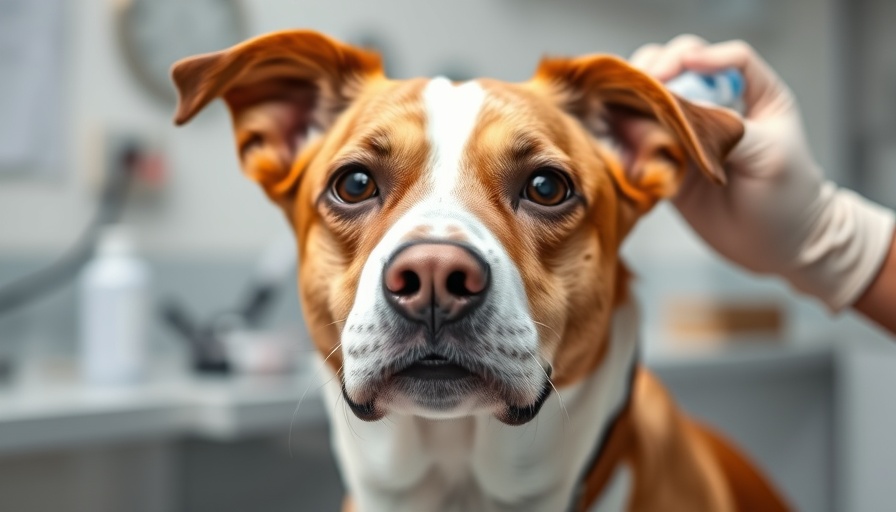
Can Dog Owners Use Catnip for Their Pups?
As a dog owner, you may have heard of the wonders of catnip—a beloved herb that sends our feline friends into joyous spins. But what about our canine companions? Can we share a little of that magic with our pups? While dogs can safely interact with catnip, the results might not be what you expect.
Understanding Catnip: What It Is and Its Effects
Catnip, belonging to the mint family, contains a compound called nepetalactone, which plays a pivotal role in how cats react. For about 50% to 80% of cats, exposure to catnip can result in playful antics or calming responses, reminiscent of pheromones from cats in heat. However, this herb doesn’t quite have the same effects on dogs. Unlike cats, most dogs seem indifferent to it, with only a few experiencing mild sedative effects.
Testing Catnip: A Dog Owner’s Experiment
In a light-hearted trial, I exposed my four dogs to catnip. My two female Belgian Tervuren lost interest immediately. The male Belgian Tervuren and the male Cirneco dell'Etna were curious enough to investigate. My observations revealed that while both sniffed and licked the catnip toy, their reactions were far less enthusiastic than I'd seen with cats. Even so, I noted no signs of sedation—an essential factor to consider before reaching for catnip as a potential calming remedy.
Is Catnip Dangerous for Dogs? What to Watch Out For
While catnip is generally safe for dogs, caution is essential. If your dog gets too inquisitive and starts chewing on catnip toys intended for cats, it could lead to an intestinal blockage. As with many treats and toys, supervision is key to ensuring your furry friend remains safe. It’s best practice to keep catnip toys away from your dog to avert any mishaps.
Nutritional Benefits of Catnip: Is It Worth It?
Interestingly, catnip does provide some nutritional benefits. It contains small amounts of vitamin A, magnesium, and vitamin E; however, these quantities are not significant enough to be considered a reliable nutritional supplement for dogs. If you wish to experiment with catnip, do so sparingly. Overindulgence might upset their stomachs, leading to mild gastrointestinal distress.
What Dog Owners Should Know About Catnip Plants
For those considering growing catnip, it's beneficial to know that the plants can spread aggressively if cultivated. Wild varieties flourish in many regions, often popping up in local green spaces. If you do grow catnip in your backyard, ensure it's out of your dog’s direct reach to avoid any unwanted snacking that could lead to soothe suffering from upset stomachs.
Lessons from Using Catnip with Dogs: Pros and Cons
Deciding whether or not to share catnip with your dog comes down to understanding its potential benefits and how your dog reacts. The pros include a safe herb that can provide mild interaction and exploration. The cons, however, might outweigh these benefits, as many dogs show little interest, and there's always the risk of gastrointestinal upset if consumed in large amounts. Thus, while some playful trial is fine, caution remains essential.
A Final Thought for Dog Owners
Ultimately, exploring whether catnip can have any impact on your dog can be a fun experiment, but it’s vital to manage expectations. Engage with your furry friend while monitoring their reactions closely. Should you decide to incorporate catnip into your dog’s routine, sprinkle a bit on a snuffle mat for a safe, low-dose introduction. If anything, it's another way to stimulate your dog’s senses while ensuring their safety!
Call to Action: If you’ve found catnip to be beneficial for your dog or have questions about introducing new herbs to their diet, let us know! Share your stories or ask questions to empower fellow dog owners in creating safe and enriching experiences for their furry friends.
 Add Row
Add Row  Add
Add 




Write A Comment